Got any creative ideas for Marketing?
Struggling to generate creative ideas for your marketing campaigns? Let us help! Our team of experienced marketers shares the latest tips, tricks, and strategies for building effective marketing campaigns that drive results. Get inspired and get started – with us today!
Influencer marketing
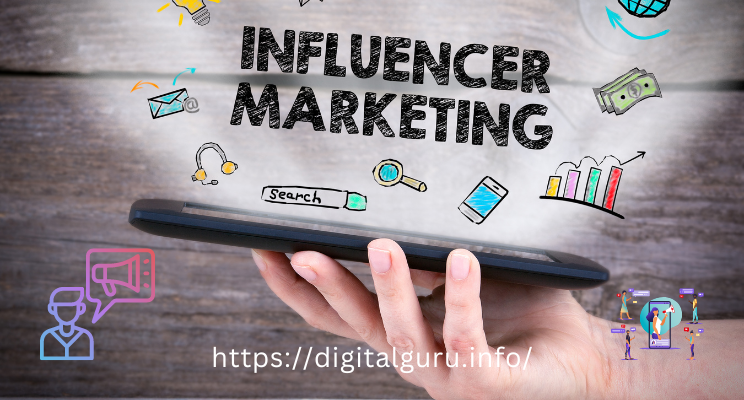
Influencer marketing is a marketing strategy that involves partnering with individuals who have a large and engaged following on social media platforms. The influencer promotes your brand to their followers, leveraging their credibility and social proof to increase brand awareness and drive sales. Influencer marketing can be effective for a variety of industries, including fashion, beauty, fitness, technology, and more. When choosing influencers to work with, it’s important to consider factors such as their engagement rate, niche fit, and alignment with your brand values. To ensure a successful campaign, it’s also important to clearly define the goals and objectives of the partnership and have a well-planned execution strategy in place.
User-generated content

User-generated content (UGC) refers to any type of content, such as photos, videos, or reviews, that is created and shared by consumers. UGC is a valuable tool for businesses because it provides social proof and helps to build trust with potential customers. There are many ways to encourage customers to create UGC, including creating branded hashtags, hosting contests, and offering incentives for sharing. UGC can be used on a variety of platforms, including social media, websites, and e-commerce listings. It can also be repurposed for use in marketing materials, such as email campaigns and advertisements. By leveraging UGC, businesses can showcase their products and services in a relatable and authentic way, which can help to drive engagement and conversions.
Interactive experiences

Interactive experiences refer to immersive and engaging experiences that involve the audience meaningfully. An Interactive experience can be created through various mediums, such as augmented reality, virtual reality, gamification, or other digital technologies. The goal of interactive experiences is to create a deeper connection with the audience, increase brand awareness, and drive engagement.
For example, a fashion brand could create an augmented reality try-on feature for its website, allowing customers to virtually try on clothes before making a purchase. A restaurant could create a gamified loyalty program that rewards customers for frequent visits. By providing an interactive and enjoyable experience, businesses can differentiate themselves from the competition and build stronger connections with their customers. It’s important to keep in mind the user experience and ensure that the interactive interconnection is intuitive and easy to use, as well as aligning with the overall branding and marketing goals.
The Live events
Live events refer to in-person or virtual events that are designed to bring people together for a shared experience. Live events can be used for a variety of purposes, such as product launches, trade shows, concerts, and more. The goal of live events is to create a memorable and engaging experience for the audience, increase brand awareness, and drive engagement.
Virtual events have become increasingly popular due to the COVID-19 pandemic and offer a convenient and cost-effective way for businesses to connect with their target audience. Virtual events can include webinars, live streaming events, or virtual trade shows. On the other hand, in-person events are a great way to create a personal connection with the audience and can be used to generate buzz and excitement around a brand or product.
Regardless of the format, live events are a powerful tool for businesses to connect with their target audience, showcase their products and services, and drive brand awareness. It’s important to carefully plan and execute the event, considering factors such as the audience, goals, and budget to ensure a successful outcome.
Personalized marketing
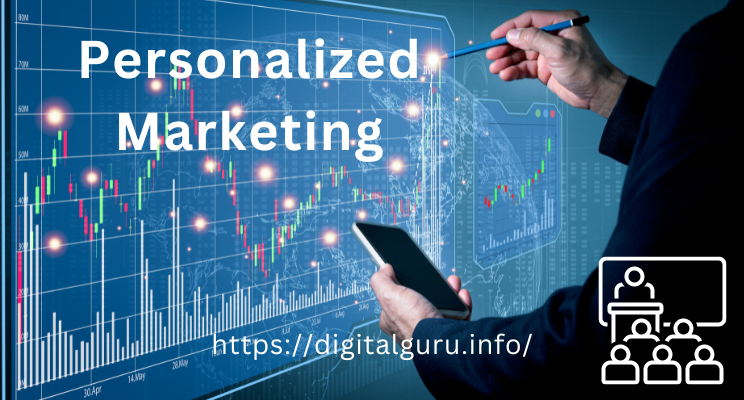
Personalized marketing refers to the practice of using customer data to create individualized experiences and campaigns for each customer. This approach is based on the idea that customers are more likely to engage with and purchase from a brand that offers a personalized experience. Personalized marketing can be used across a variety of channels, including email, social media, and advertising.
Personalized marketing can be achieved through various techniques, such as segmentation, behavior-based triggers, and machine learning algorithms. Segmentation involves dividing customers into groups based on demographic or behavioral characteristics and creating tailored experiences for each group. Behavior-based triggers use customer data to automate personalized messages and experiences based on their actions. Machine learning algorithms can be used to create personalized recommendations, such as product suggestions, based on a customer’s past behavior.
By using personalized marketing, businesses can increase engagement, drive conversions, and build stronger relationships with their customers. However, it’s important to strike a balance between personalization and privacy and only use customer data in an ethical and transparent manner.
Video content
Video content refers to any form of video content that is created and shared by businesses for marketing purposes. This can include explainer videos, product demos, live streams, customer testimonials, and more. Video content has become an increasingly popular way for businesses to connect with their target audience and drive engagement due to its ability to capture attention, tell a story, and convey information in an engaging and memorable way.
Video content can be used across a variety of platforms, including social media, websites, and email. To be effective, it’s important to align the video content with the overall branding and marketing strategy and to consider factors such as audience, goals, and distribution channels when creating the content. Additionally, it’s important to optimize the video for the platform it will be shared on, such as using captions for social media and considering the overall user experience when creating the content.
By incorporating video content into their marketing strategy, businesses can increase brand awareness, drive engagement, and ultimately drive conversions.
Micro-moments
Micro-moments are defined as intent-driven moments of decision-making and preference-shaping that occur throughout the customer journey. They are brief moments in which a person turns to a device to act on a need or desire. For example, a person might have an “I-want-to-know” moment and search for information on their smartphone, or an “I-want-to-go” moment and search for directions.
For businesses, understanding and capitalizing on micro-moments can be an effective way to reach customers at the right place and time with relevant information and offers. This can help to build brand awareness, increase engagement, and drive conversions. To be successful, businesses need to be present and provide value during these moments, which can be achieved through optimized search and website content, targeted advertising, and localized content.
It’s important to note that micro-moments influence a customer’s context, including their location, device, and personal preferences. By understanding these factors and creating relevant and valuable experiences for customers during these moments. Businesses can differentiate themselves from the competition and build stronger relationships with their customers.
Giveaways and contests
Giveaways and contests are promotional activities that businesses used to engage with their audience and drive interest in their brand. They typically involve offering a prize or reward to a select group of participants in exchange for taking a specific action. Such as following a social media account or filling out a survey.
Giveaways and contests can be powerful marketing tool for businesses. As they can increase brand awareness, drive engagement, and generate buzz. They can be used across a variety of channels, including social media, email, and websites. And can be tailored to fit the specific goals and target details of the business.
When creating a giveaway or contest, it’s important to consider factors such as the prize, eligibility criteria, and entry mechanics. It’s also important to consider the legal and regulatory requirements for promotions in the target jurisdiction. By offering an interesting prize and creating a user-friendly entry process. Businesses can increase participation and drive results from their giveaway or contest.
Overall, giveaways and contests can be a fun and effective way for businesses to engage with their audience and drive interest in their brand.
Storytelling
Storytelling is the art of using narrative to communicate information, ideas, or emotions. In the context of marketing, storytelling is a technique used by businesses. To engage with their target audience and build emotional connections with them. By telling a story that is relevant to their target audience. Businesses can capture their attention, build brand awareness, and differentiate themselves from their competition.
Storytelling can be used across a variety of marketing channels, including social media, websites, and video content. To be effective, a story should be well-structured, relatable, and emotionally impactful. It should also align with the brand’s overall messaging and values, and be relevant to the target audience.
Effective storytelling can have a profound impact on a business’s marketing efforts. By creating a connection with their audience, businesses can build stronger relationships, increase engagement, and drive conversions. Additionally, storytelling can help to build brand recognition and awareness. As well as establish the brand as a thought leader in its industry.
Overall, storytelling is a powerful tool for businesses looking to engage with their target audience. And drive results from their marketing efforts.
Referral marketing
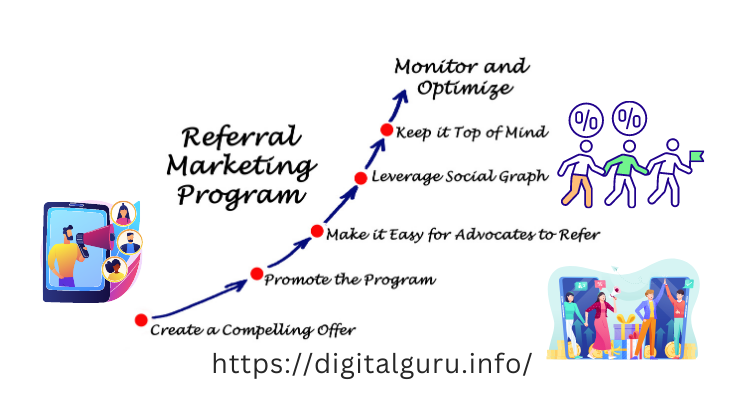
Referral marketing is a marketing strategy in which businesses encourage customers to refer others to their products or services. The goal of referral marketing is to leverage the power of word-of-mouth recommendations to drive new customers into a business.
Referral marketing can be implemented in a variety of ways, including through referral programs, incentives, and referral bonuses. For example, a business might offer its customers a discount or reward for referring friends or family to the business. The referral process can be facilitated through digital channels, such as email, social media, or referral links.
Referral marketing is considered a cost-effective and highly effective form of marketing. As customers are more likely to trust recommendations from friends and family than they are to trust advertising. Additionally, referred customers are often more loyal and have a higher lifetime value than customers acquired through other marketing channels.
To be successful, referral marketing programs need to be well-designed and easy to use. They should also offer obvious benefits to both the customer making the referral and the customer being referred. By motivating customers to refer to others, businesses can increase their customer base and drive growth. While also building stronger relationships with their existing customers.


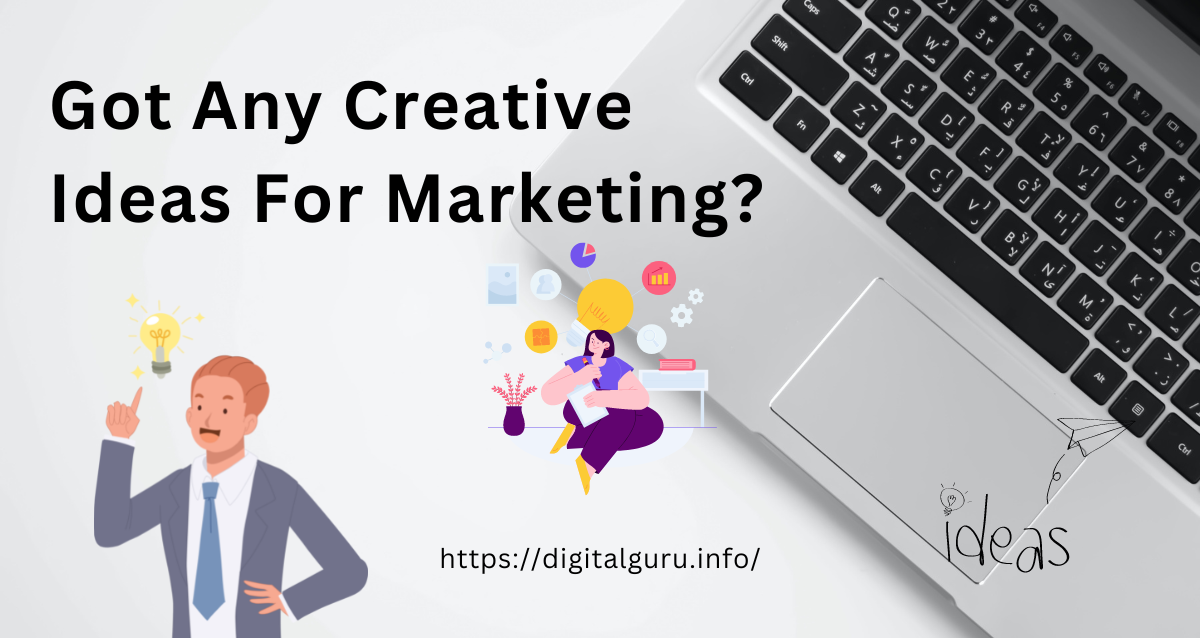
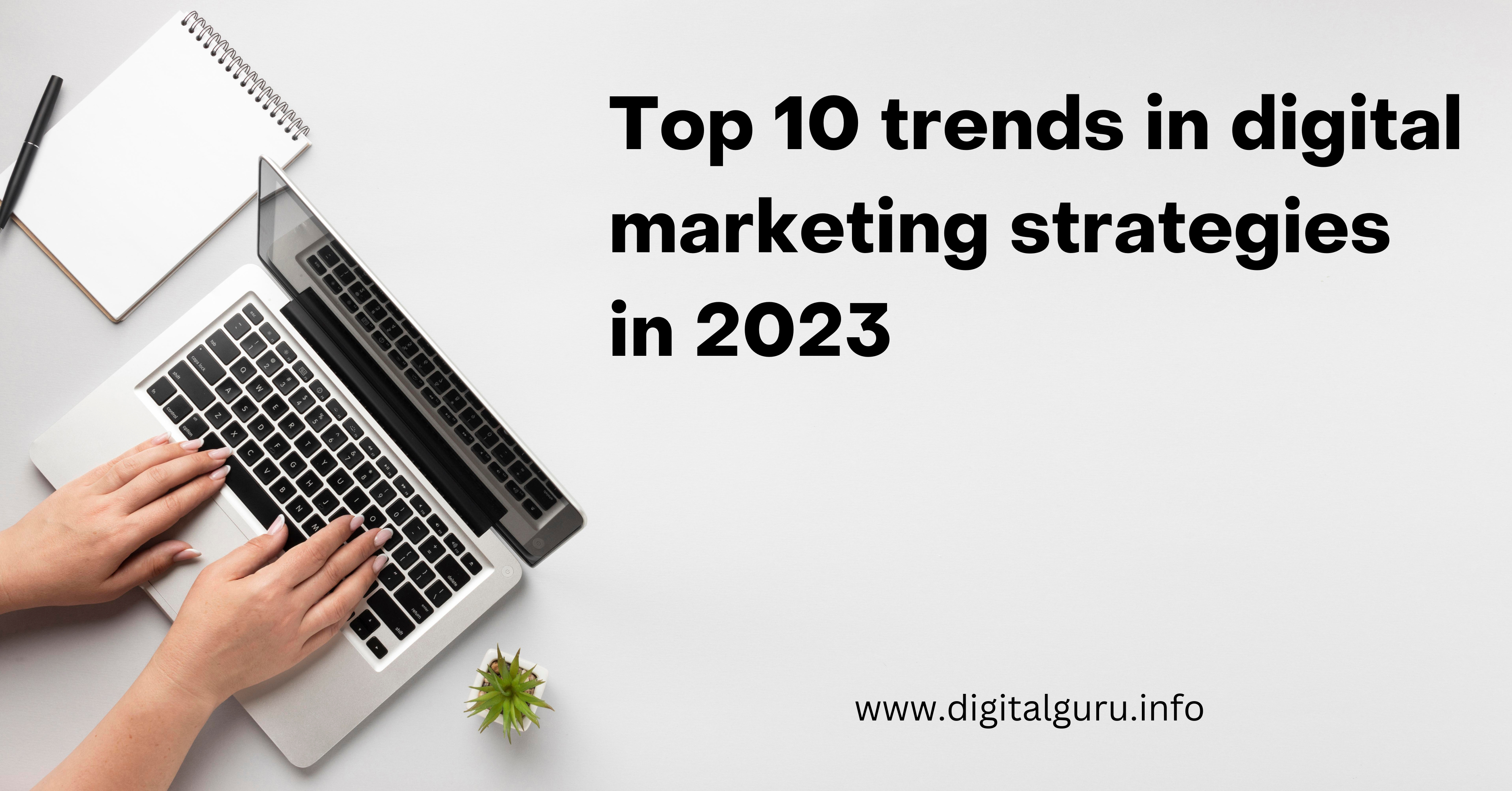
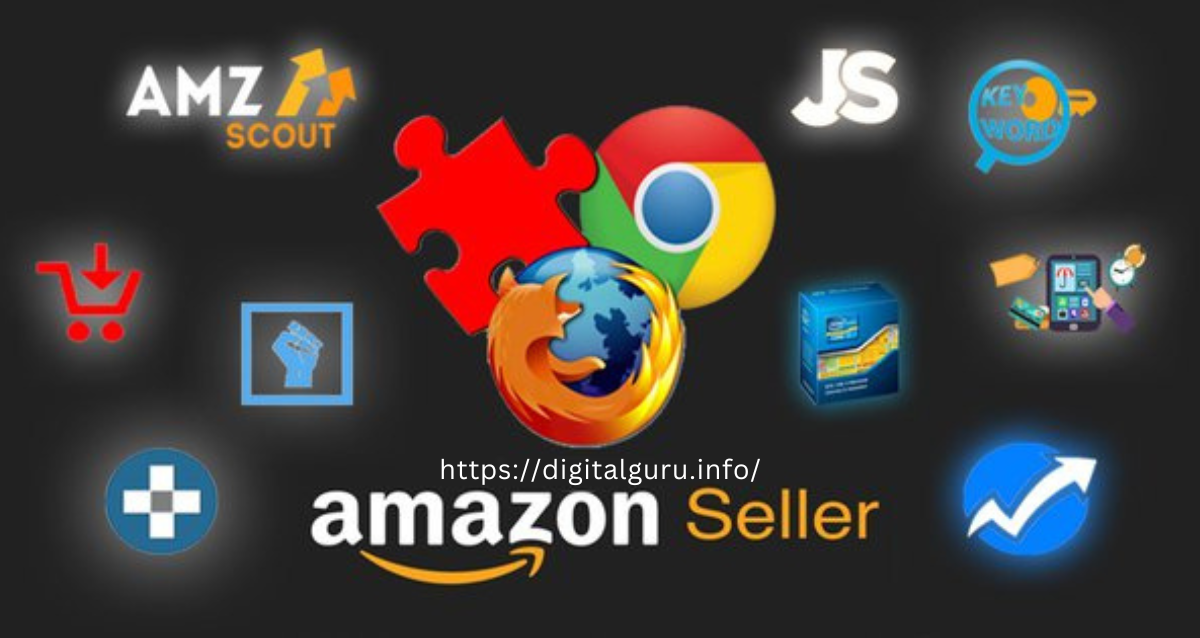


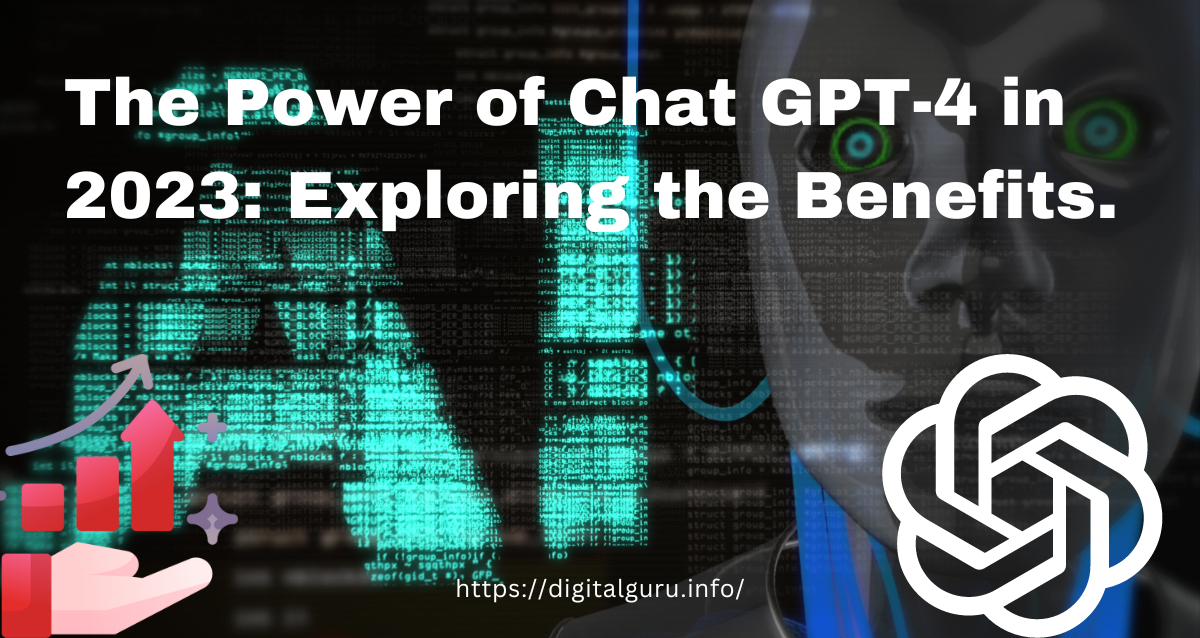


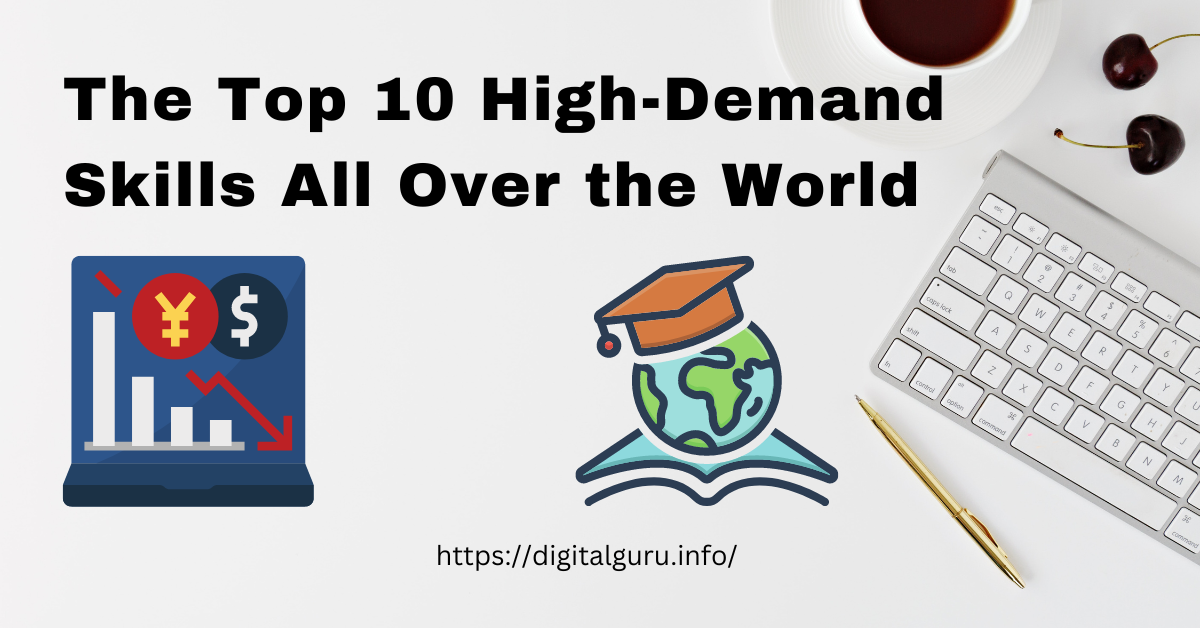


Leave a Reply